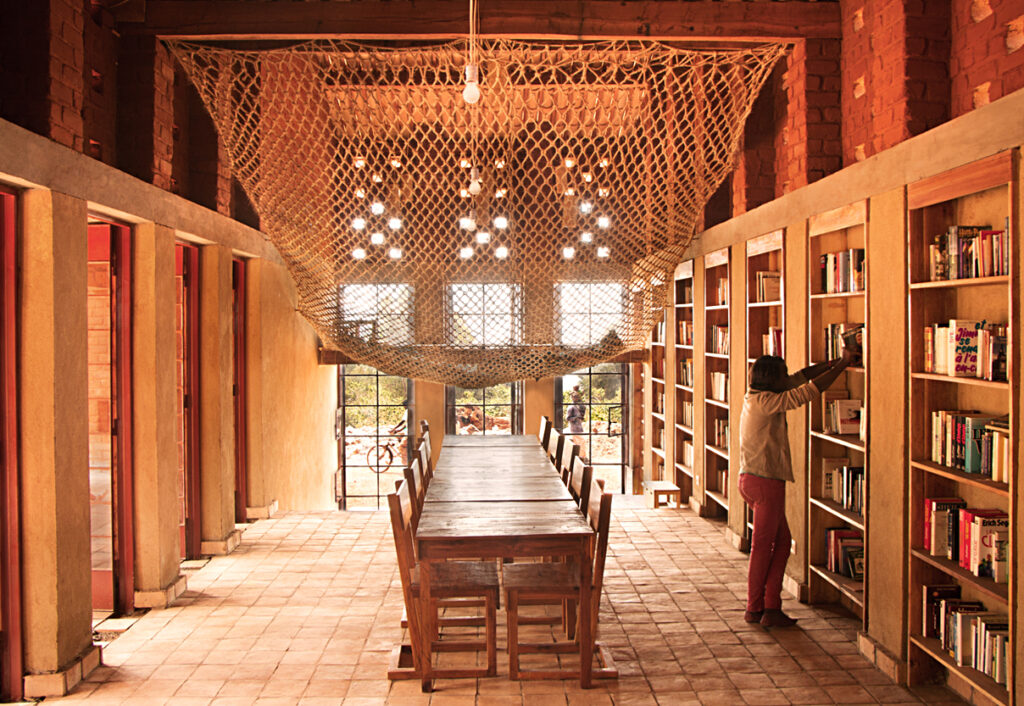USE OF NATURAL MATERIALS IN TRADITIONAL ARCHITECTURE
Traditional architecture refers to the style of building that has been passed down from generation to generation, often using natural materials that are readily available in the surrounding environment. The use of natural materials in traditional architecture is not only an economical solution, but it is also an environmentally-friendly one. Natural materials such as wood, stone, clay, and thatch are used in different ways to create buildings that are not only functional but also aesthetically pleasing.
Wood is one of the most widely used natural materials in traditional architecture. It is versatile and can be used to create a variety of structures such as frames, roofs, and walls. In many parts of the world, wood is used to build entire houses and other structures. The use of wood in construction is popular because it is relatively lightweight and easy to work with. It is also a renewable resource, which makes it an environmentally-friendly choice.
Stone is another natural material used in traditional architecture. It is commonly used in the construction of walls, floors, and roofs. Stone is a durable material that is resistant to weathering and can withstand high winds and seismic activity. Stone is also abundant in many parts of the world, which makes it a cost-effective solution.
Clay is a natural material that has been used in traditional architecture for thousands of years. It is used to make bricks, tiles, and other building materials. Clay is readily available in many parts of the world and is relatively easy to work with. It is also an excellent insulator, which makes it an ideal material for building in hot climates.
Thatch is a natural material that is commonly used in traditional architecture for roofing. Thatch is made from grass, reeds, or straw and is often used in areas where other roofing materials are not readily available. Thatch is lightweight and provides excellent insulation, which makes it an ideal material for hot and humid climates.
In addition to these materials, other natural materials such as bamboo, mud, and animal hides are also used in traditional architecture. Bamboo is a fast-growing plant that is abundant in many parts of the world. It is used to make frames, walls, and roofs. Mud is a natural material that is often used to make adobe bricks, which are used to build walls and other structures. Animal hides are used to make tents and other temporary structures.
In conclusion, the use of natural materials in traditional architecture is not only a cost-effective solution, but it is also an environmentally-friendly one. The materials used in traditional architecture are readily available in the surrounding environment and are often renewable resources. They are also durable and provide excellent insulation, which makes them an ideal choice for building in different climates. The use of natural materials in traditional architecture is a testament to the ingenuity of human beings and their ability to adapt to their environment.


